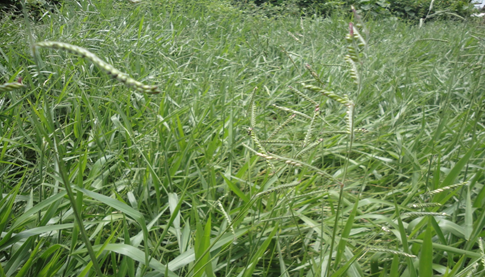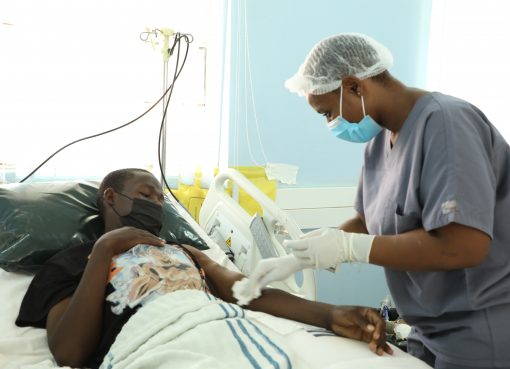Following sustained efforts to fight the spread of Malaria disease in Nyamira County the disease has since moved from position 3 to position 9 on the county disease burden scale says the County Coordinator for Malaria Mr. Hillary Onsongo.
“We have three sub counties in our county; Manga, Nyamira North and Nyamira south which have been having an increase in new infections since 2018 and needs well-coordinated intervention remedies. In the year 2018, 23 out of 1000 population were infected and by the year 2021, 31 out of 1000 population were and most of the affected are children under five years and pregnant mothers because of their low immunity even though other people are also affected but to a lesser extent. Masaba and Borabu sub counties have as low as 1 per cent of new malaria infections” Onsongo said.
The coordinator pointed out that the county government of Nyamira is implementing various prevention measures to reduce infections of malaria in the region. He said the county with the help of partners are doing vector control, encouraging residents to ensure they sleep under a mosquito net distributed to them free because the county has already distributed up to 93 per cnet of the county population.
Another vector prevention mechanism is management of larvae sources especially of open quarries at brick making and quarry excavation sites. Most of them are left open and unfilled thereby collecting storm water creating a convenient breeding ground for mosquitoes. The community health workers pour oil on those ponds to suffocate larvae growth.
“Additionally, we have put in place strengthened malaria case management interventions, this deals diagnostic and treatment of malaria cases both at the health facility and community level. Case management has succeeded with the help of partners whereby they train Community Health Volunteers (CHVs) to assist in the fight. So far 910 CHVs have been trained on how to test someone who has presented malaria symptoms, administer drugs if that person tests positive to malaria and if they test negative, they refer them to the nearby health facilities for further tests,” Mr. Onsongo explained.
He highlighted that weekly surveillance and epidemic preparedness especially during the rainy season when cases are likely to rise by acquiring enough antimalarial medication, train health workers and doing social mobilization sensitizing the public on behavior change on their perception on use of mosquito nets and maintaining clean home compounds without bushes to prevent breeding of mosquitoes, noting that the community health workers have performed the role commendably.
County Malaria Coordinator however noted that the rising cases in the three Sub Counties has become endemic supposedly due to the fact that they are neighbouring malaria endemic regions like Kisumu and Homa Bay counties. It is against this backdrop that Nyamira County has been given an opportunity to host the national commemoration of world Malaria Day at Ekerenyo grounds in Nyamira North Sub County tomorrow April 25, 2023.
“World Malaria Day 2023 will be marked under the theme “Time to deliver zero malaria: invest, innovate, implement”. The World Health Organization (WHO) is focusing on reaching out to marginalized populations with current strategies and readily available tools. It is putting prevention of malaria to the forefront in this event, with the aim of reducing the massive global death toll of 400,000 people to Malaria every year.
Efforts to highlight prevention have been reducing the death toll, especially through the use of insecticide and mosquito nets, as mosquitos are the most common carriers and spreaders of Malaria. The continued campaign of prevention is proving effective and saving lives, but still more needs to be done to attain zero infections, the reason for continued commemoration of World Malaria Day.
Malaria continues to be a major public health challenge globally, particularly in Sub-Sahara Africa which bears the highest brunt in terms of new infections and deaths.
In Kenya more than 70 per cent of the population is at constant risk from malaria including those most vulnerable to the disease, specifically children and pregnant women. Concerted efforts by government and malaria partnerships to fight the disease through prevention strategies like mass mosquito net distribution to attain universal coverage and treatment interventions like intermittent preventive treatment for malaria during pregnancy and parasitological diagnosis and management of malaria cases are all mechanisms the government has put in place to prevent fatal effects by this disease.
By Deborah Bochere





